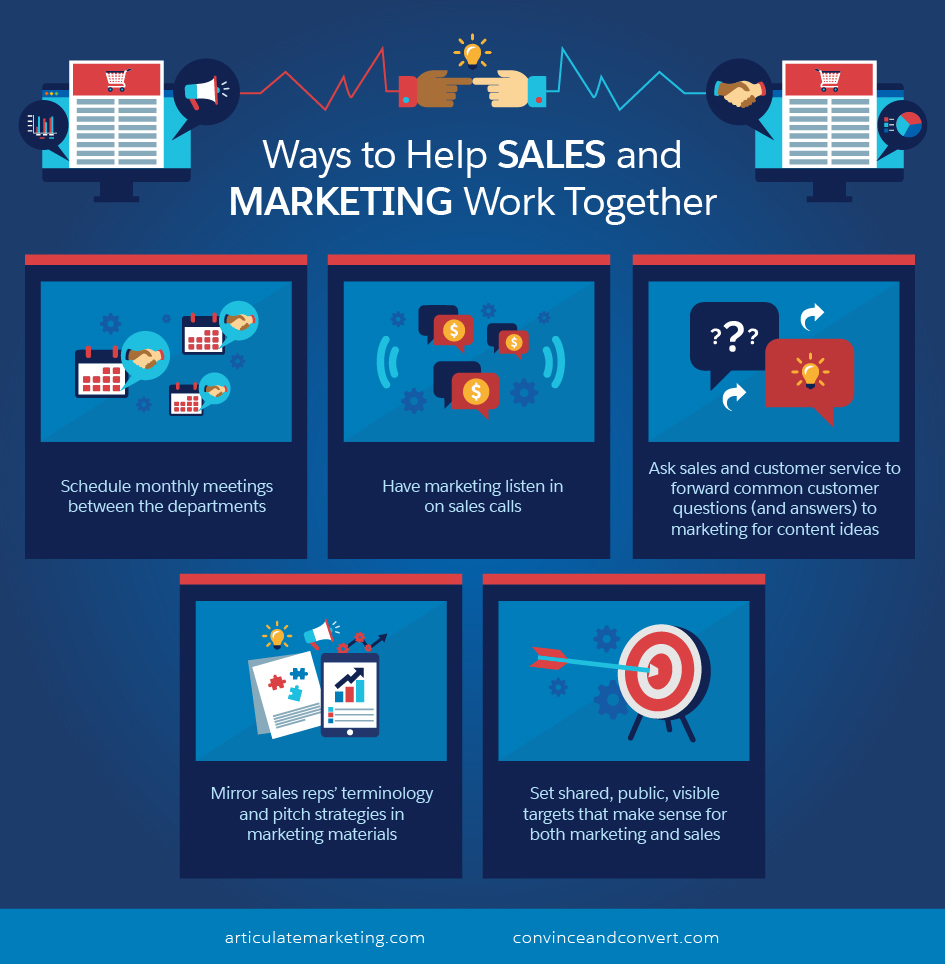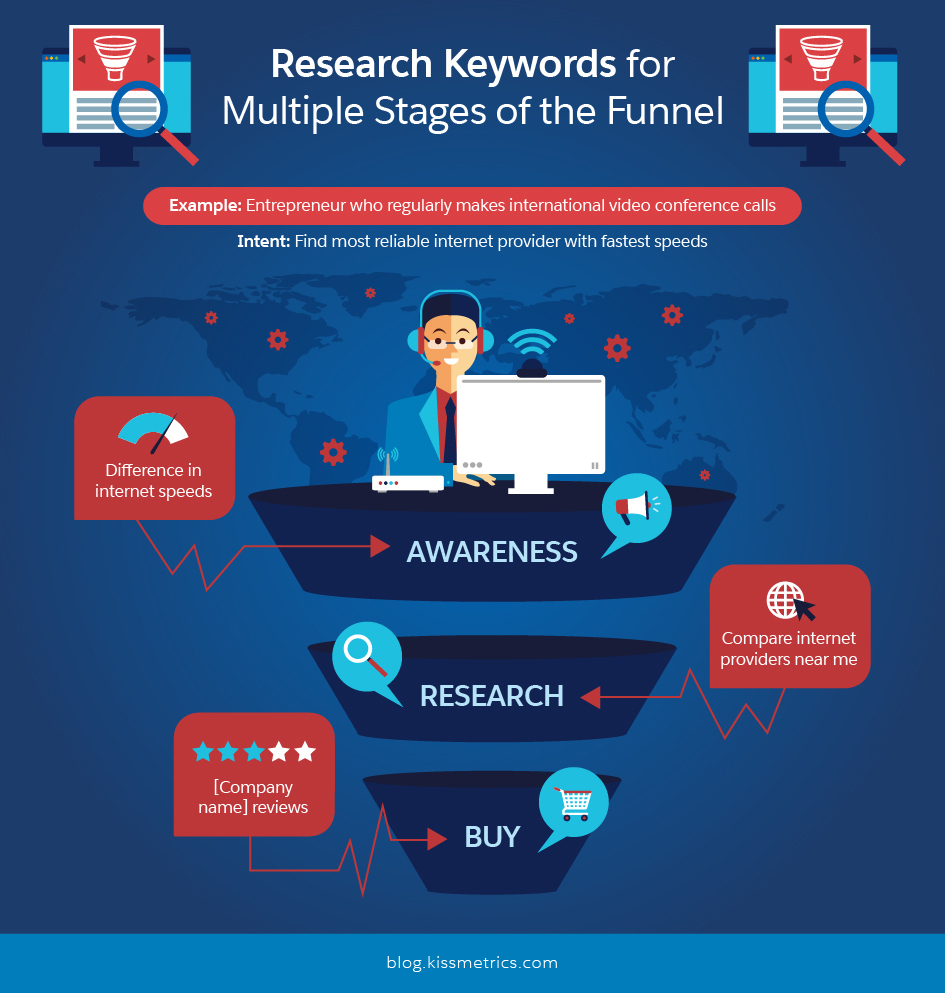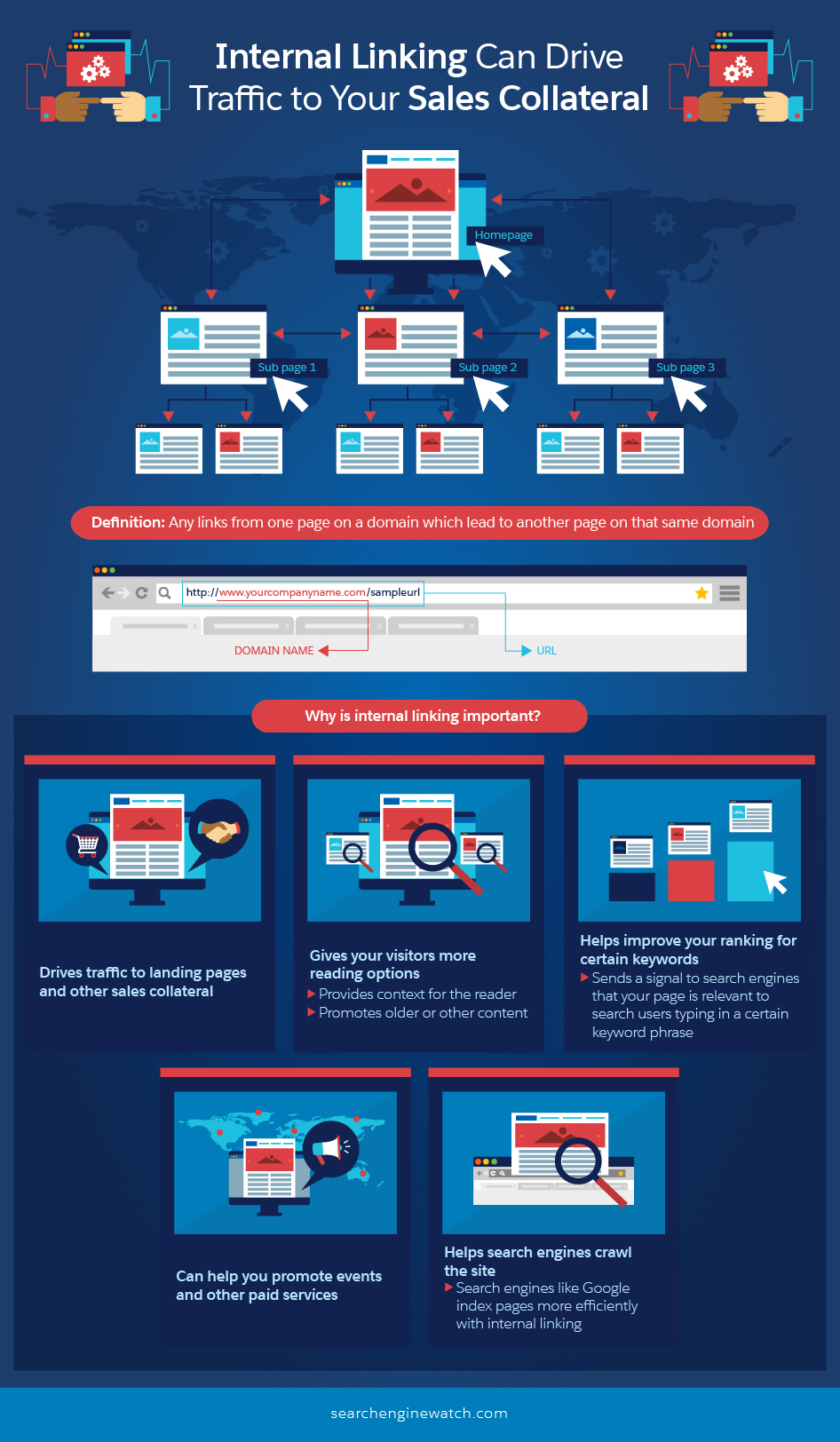As many B2B business leaders attempt to keep pace with optimistic growth projections, they wonder whether devoting more attention to marketing or sales will pay the most dividends. It’s an understandable conundrum, given that resources are typically stretched thin and you only have so much time to try get the results you want. In an ideal world where time, money, and staff were all optimally available, of course you’d place as much attention on both units as necessary in order to grow your company.
What’s interesting is that, despite the fact that their actions constantly inform and impact the operations and results of each other, damaging divisions between the sales and marketing departments exist throughout every type of company and industry. It doesn’t matter whether you’re examining a Fortune 500 enterprise or a single-employee startup, a technophilic software development firm or an old-school manufacturing operation. If you look closely, you’ll see the tensions between the two entities manifest themselves in myriad ways, such as a struggle for a bigger piece of the budget or skepticism from one team surrounding the effectiveness of the other.
Ways to Help Sales and Marketing Work Together
- Schedule monthly meetings between the departments
- Have marketing listen in on sales calls
- Ask sales and customer service to forward common customer questions (and their answers) to marketing for content ideas
- Mirror your sales reps’ terminology and pitch strategies in marketing materials
- Set shared, public, visible targets that make sense for both marketing and sales

Perhaps though, focusing on the dichotomy between the two core processes is the wrong way to solve this issue. After all, what is sales without marketing—and vice versa? Is the goal to have impeccable, targeted lead generation that never materializes into long-term customers, or to have a wildly talented sales team that flails in their attempts to narrow their searches for qualified leads? When you look at it this way, it becomes clear that any non-holistic approach to improve that situation is likely to result in harm to the entire organization. Instead, we should be thinking about how we can merge the two operations to get the most value out of a new strategic initiative.
One of the surest ways to do this is through SEO. You can use innovative strategies to more directly connect your organization’s search terms and landing pages to the core sales processes. Get smarter about your keywords, position your sales materials for optimal results, and become a respected industry leader by carving out an educational niche for your company. Through these methods, you’ll be able to find more highly qualified leads through your SEO efforts, give them the information they need to encourage purchasing decisions, and set up your sales department to be rock stars who will grow your company at a robust pace.
Forget about the obvious keywords—prioritize your SEO effort on terms that demonstrate an intent to purchase
For many business leaders looking to revamp their SEO efforts, the first step is to go to Google AdWords Keyword Planner and do some cursory keyword research. It’s certainly a good place to start, but the typical problem is in the types of keywords that most people search for first. It’s natural to assume that you would want to find some of the most popular search terms for your industry and make sure they are strategically placed throughout your web presence. After all, these are the terms that are getting the most attention, and the goal should be to get as many people as possible to see your website when they are searching for these popular terms, right?
The issue is that keyword search terms can be quite different during the discovery phase of the customer’s journey than they are when they are ready to purchase. If you limit your focus to only the broad, high-level keywords, you may find your pages ranking well, yet not translating into actual sales activity. When they realize there’s a problem, customers may come across your product as a part of their initial research into solutions. After they have an opportunity to investigate solutions, and when they are ready to move forward in the process, they may come back with a different set of search terms, leaving your company as part of the first phase of their buying journey.
Research Keywords for Multiple Stages of the Funnel

In order to truly connect your SEO rankings to the sales process, you need to have a strategic plan for taking advantage of the keywords that demonstrate that the customer is close to, or has already begun, entering the purchasing phase. Some of these keywords can be obvious, such as adding the words “purchase” or “buy” to your regular SEO terms. However, by thinking about the customer buying process more deeply, you can uncover some potentially valuable keywords you wouldn’t have expected.
For example, let’s say you run a restaurant cleaning company that specializes in emergency cleanup services any time of the day. If a restaurant that operates late at night has an emergency, they may search for “restaurant cleaning 24 hours” or “restaurant cleaning emergency” at the moment they actually need to use your services.
Other useful options, especially for B2B services companies, incorporate locality into the search terms. A potential prospect is more likely to include words like “local,” “near me,” and “my location” when they are ready to buy a product or service, as opposed to when they are merely exploring options and researching a problem.
Beyond using Google’s Keyword Planner tool to investigate variations on your search terms, one of the simplest methods for coming up with new ideas is to see what Google’s auto-complete feature brings up. Since the suggestions in the search bar use terms that users are searching for, you can identify new and surprising keywords you would have otherwise overlooked. These terms are especially appealing because they are typically used by customers with a high intent-to-purchase.
Merge your SEO landing pages with your sales collateral by using strategic internal linking
Many organizations expend significant resources in order to create and maintain a library of effective sales collateral, only to leave it mostly unseen by website visitors due to poor placement. It’s another example of the disconnect between marketing and sales that can be solved with some simple changes in linking strategy. The ability to produce engaging and value-added sales material is great, but if you want to get the most out of it and use it as a long-term asset for your company, you have to put it where the right audience will see it.
Internal Linking Can Drive Traffic to Your Sales Collateral
- Definition: Any links from one page on a domain which lead to another page on that same domain
- Why is internal linking important?
- Drives traffic to landing pages and other sales collateral
- Gives your visitors further reading options
- Provides context for the reader
- Promotes older or other content
- Helps improve your ranking for certain keywords
- Sends a signal to search engines that your page is relevant to search users typing in a certain keyword phrase
- Can help you promote events and other paid services
- Helps search engines crawl the site
- Search engines like Google index pages more efficiently with internal linking

One of the most efficient ways to align your sales collateral with your marketing initiatives is to practice strategic internal linking, also known as internal navigation. In fact, there are numerous studies that demonstrate how the practice of internal linking plays a major role in the visibility of various pages. Consistent internal linking is one of the most overlooked SEO strategies, but combined with a solid content marketing strategy and compelling sales collateral it can make a big difference in how SEO drives additional revenue. When your most effective sales materials are easily accessed from your popular landing pages, it dramatically increases the chances that your SEO strategy will lead to more conversions.
There are several best practices that need to be considered when evaluating your internal links. First and foremost is the consideration of which pages to which you want to link. It’s generally considered less effective to provide several internal links to your homepage since it typically doesn’t need much help ranking highly. It also probably won’t come up often since your sales materials won’t be displayed on your homepage, but it’s worth remembering for optimal results. You ideally want your link structure to take your prospect deep into your website, and you should avoid links to high-level pages that are already easily accessible from a homepage menu.
At the same time, make sure your internal linking always comes across as natural for the intended audience; it has to fit into their overall journey throughout your site. For instance, you wouldn’t want to link to a breakdown of complex package details and pricing structures when the prospect is just beginning to research the basic information about your product. It’s no different from any other process in your organization: All linked content should provide relevant value to the customer, or else it doesn’t belong.
Create and take ownership of your own search terms
If you want to go even further in using your SEO to reliably drive sales activity, you have to get more creative. Even when practicing strong and consistent SEO principles, you’re going to have some intense competition at the top of the rankings. If, however, you take ownership of a search term and tie it directly to your organization before anyone else jumps on the bandwagon, you can have prospects who intend to purchase coming in droves to your landing pages.
By creating new search terms and building an educational library of content around them, you can position your company as the hub of information surrounding your chosen keywords. Spread awareness of your term through content marketing and, especially with the increased credibility available through earned media, you’ll have an audience that is already engaged with your brand and is ready to be persuaded by your sales process.
As an example, let’s say you run a software company that has created innovative code designed to identify and remove various types of bad data in a database. You could build your website content around the concept of “deviant data,” educating the public about the various types of bad data that can end up stored on servers and their dangers to a business. You could position your company and product as the ideal solution for protecting oneself against the dangers of “deviant data” so that searches for the term and links from shared content all direct back to your product. Your sales team can then control the narrative.
It requires patience and a dedication to your content marketing effort in order to succeed with this strategy. If you manage to do it right and perform the other SEO strategies discussed previously, you’ll see exactly how much innovative SEO practices can help you take your sales efforts to new heights.
Share "3 Brilliant Strategies to Generate Traffic, Capture Leads, and Scale Sales" On Your Site




